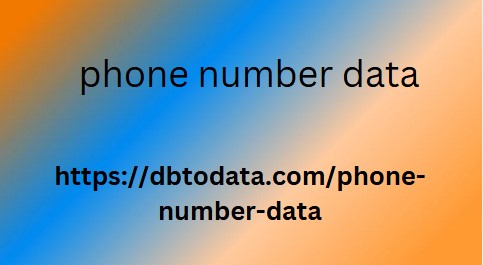Using web applications offline sounds like an oxymoron. However, this is actually a technically feasible thing to do. You just need to know how to do it.
As it happens according to the approval law
the Internet connection usually goes down just when a person has a lot of work and needs it. Unfortunately, these situations can hardly be avoided. The internet connection is simply insecure. However, this does not mean that nothing can be done about it. Internet browsers have an offline mode that allows users to view previously visited pages. The whole magic lies in the fact that the browser stores the content of the page in the cache on th iraq phone number data first visit, and draws from this memory in offline mode.
For static websites, this charm would
work flawlessly. Only the administrators of the news servers would have sour comments about the freshness of the content. It’s worse for web applications. Their outputs are variable depending on the input parameters, while the algorithms that generate these outputs are usually executed on the server side. Under these conditions, it is not possible to “cache” applications as such, but only their outputs. Web applications can only work offline when the control algorithms and all the necessary content are stored at the client.
How can the operation of such an application in offline mode look like? Let’s imagine, for example, an imaginary e-mail box whose imaginary user finds himself without an Internet connection for an imaginary period of time. That the power of content marketing in pr user will be able to browse the received and sent messages without problems, because all the emails have been previously (with the user’s permission) copied to the client database (IndexedDB) and are therefore on the user’s own computer. In the same way, thanks to JavaScript, he will be able to perform the usual actions – delete, write, send e-mails. However, the bz lists sent e-mails are actually distributed only after the user reconnects to the Internet. Then the data will also be synchronized between the server and the browser.

